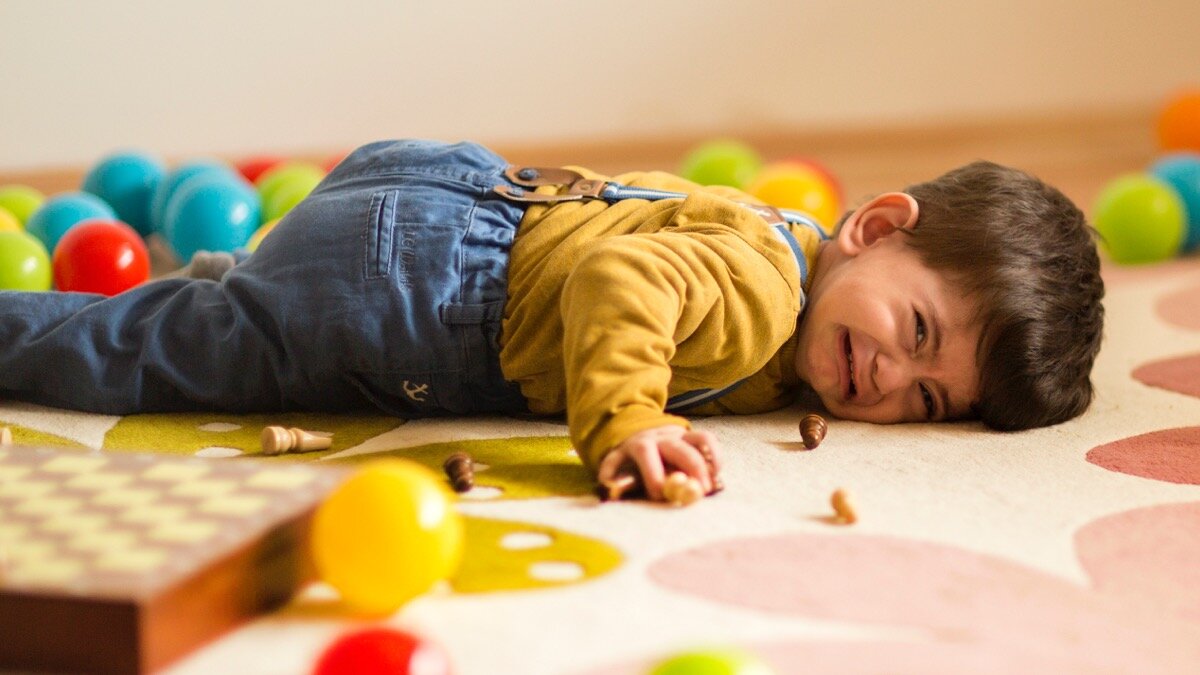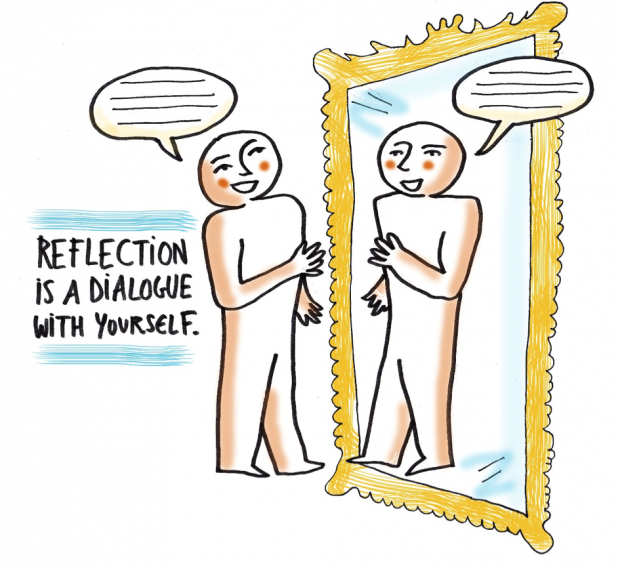We have been our children’s playmate for a few months now whilst the covid-19 restrictions have been in place. I know that playing with our children can feel uncomfortable, repetitive, boring… but to our children play is their world.
Play is where the magic of development takes place. Social skills, language, problem solving, fine and gross motor skills flourish.
Sometimes, it is our own feelings that can impact the way we play. We might choose what to play just so we know that there is an end point or because our minds are so preoccupied with the numerous amounts of task that we need to complete on our ‘to-do’ list. That the thought of just sitting and being can feel overwhelming. I know for me when I am playing barbies with my girls, I start playing and somehow drift into tidying their barbie house, fixing their dolls and just like that my attention has shifted.
So, I started thinking about children and play as I watched and heard my girls playing. The laughter, the fun and the sheer joy (and no it’s not like that all the time as they do squabble). Play is truly powerful and purposeful! When we join in with our children, play enriches families. Let’s take a moment to consider how children view play with us… special time to connect, laugh, have fun and be silly. Children get to experience us in a different light or role. Have you noticed that when we leave play with our children they often say “just one more round”, or “2 more minutes” or “please play a little bit more”. That’s because our children love to be with us.
If you think about the influence that play has on our families, it is heart-warming. It brings positive energy and fills our house with optimism.
I want to set you a challenge, to create a family tradition centred around play. Give yourself permission to put the ‘to-do’ list on hold and allow yourself to simply be with your children, it doesn’t have to be for long hours. Small burst of time is better than none. As parent’s let’s lighten up a bit… let’s have a dance off, a fancy tea party, shoot some hoops… anything that brings a smile and some laughter to our face and that of our children. In my family, we regularly have a board game night with Beat the Parents Board Game a belly laughter of a game. It is a technology free zone, no phones, no TV… some special treats and silliness. I know that babies and toddler do demand more time in play with us than do our school aged children. Just consider what play means to you, your children and your family.
Let’s create wonderful memories that fill our heart and theirs with warmth.















